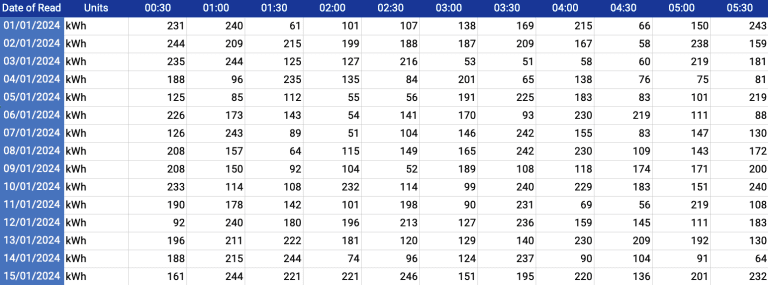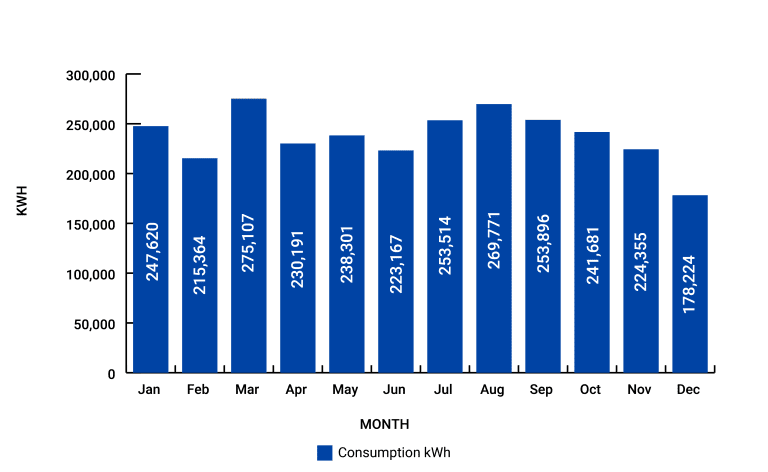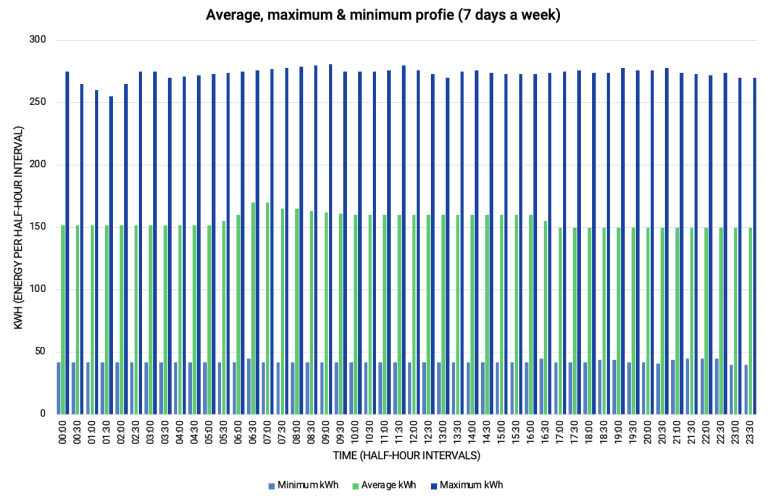Determining the appropriate size for a solar PV array involves more than just calculating the roof dimensions and installing panels. With continuous advancements in panel efficiencies, fluctuating site energy demands and potentially overloaded distribution networks, a comprehensive assessment is essential for designing an optimal solar PV system.
Sizing Solar PV Systems
Contact UsSizing a solar PV array to fulfill your building energy needs
Our approach
Our expertise
In an evolving market, we frequently encounter inflated self-consumption estimates, which often mislead both contractors and clients. Such inaccuracies can lead to skewed figures and inadequate decision-making information.
Additionally, it’s becoming more common for Distribution Network Operators (DNOs) to demand costly sums for network upgrades, if feasible at all.
By analysing site energy profiles, we can tailor solar PV array designs to align with DNO capacity requirements. If site consumption allows, we can implement export limitation systems to regulate generation and comply with DNO restrictions.
Our meticulous design approach ensures that PV arrays minimise or eliminate export, mitigating the need for costly DNO upgrades. Regardless of project size, we maintain consistency in delivering accurate designs and figures for your assessment. Below, we outline our design process, aimed at providing optimal value while fulfilling design obligations.
Step 1 - Assess Site Consumption – kWh/Year

Step 2 - Summarise the data

Step 3 - Calculate the minimum and maximum demand

Step 4 - Compare the site consumption to solar energy generation

The DARK BLUE line represents the site’s electrical consumption over 12 months.
The LIGHT BLUE line depicts the quantity of solar energy generated, also spanning a 12-month period.
Conclusion
Based on our calculations, a 557.28 kWp PV system would achieve approximately 92.1% self-consumption.
PV generator output: 557.28 kWp Performance Ratio (PR): 90.71% PV
Generator energy (AC grid): 457,724 kWh/year grid export: 36,054
kWh/year own power consumption: 92.1%

Get in touch
Please fill out the form below and a member of our team will be in touch.